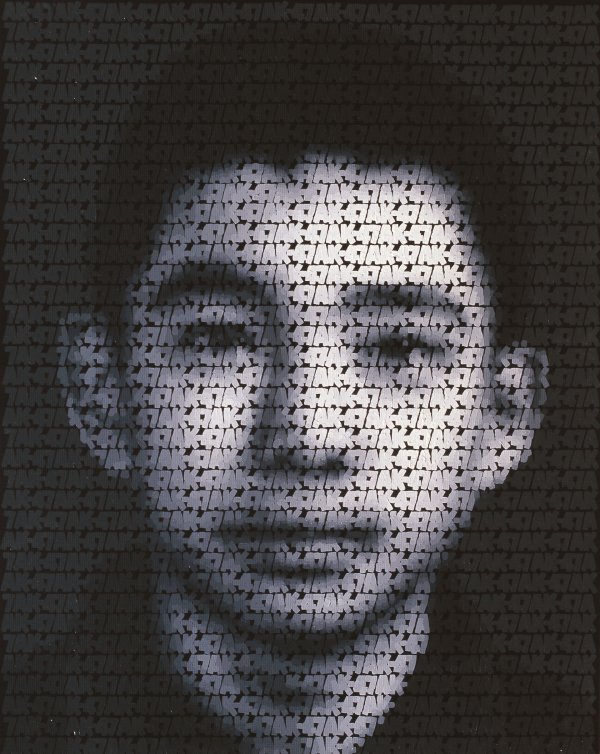
LET'S TALK ABOUT GENTRIFICATION
The relation of urban, contemporary, and street art to gentrification is complex and multifaceted. While art can contribute to the process of gentrification, it can also respond to it. It can attract new interest and investment, but it can also speak to the concerns and challenges of communities experiencing gentrification. How is gentrification resisted? What impact does it have on a neighborhood’s cultural and social fabric? How do urban spaces transform without generating social collateral?
Streets serve as both protagonists and canvases in the public discourse around gentrification. Many artists protest gentrification through powerful visual statements, highlighting issues of inequality and displacement and challenging forces that erase cultural identities. Video and photography capture these ephemeral actions, documenting the ongoing dialogue and resistance while preserving the voices and experiences of communities facing gentrification.
Introduction
This chapter deals with the complex interplay between urban art and gentrification. Street art can point out inequality and repression in urban districts, but it can also contribute to development and commercialization of these areas.
The artworks shown here are evidence of actions in public space. These activities are often only visible for a short time and so video footage or photos are taken. With such projects, artists take a stand against displacement.
This chapter encourages you to look at artistic expression from a different angle: as a reflection of our society, and as an open question: How can we all shape and reclaim public space? Be inspired and join the discussion about the future of our cities!






Chop'em Down Films
The documentaries made by Chop 'em Down Films confront viewers with the raw reality of urban art forms and give insight into the vibrant scenes that give rise to this art. Their mission is more than just documentation: Chop 'em Down Films aims to promote urban art as a culture. In doing so, they also draw attention to social problems such as gentrification.
With their documentary, Chop 'em Down Films takes you to unoccupied luxury high-rise buildings in Los Angeles that were not completed by the investor. Graffiti writers took over the façades of twenty-seven stories of the unsecured buildings on Oceanwide Plaza. This graffiti brought the “ghost towers,” which would become known as the “L.A. Graffiti Skyscrapers,” back into the spotlight of the international press, reigniting discourse about real estate speculation and gentrification in the USA and beyond.
Chop 'em Down Films is an US-American film collective founded by Zane Meyer. The team members specialize in capturing street art and graffiti actions around the world on film. The duration of the films is often limited to one minute. In this short time frame they tell captivating stories with great attention to detail. Using spectacular and atmospheric images, they convey the character of each work of art and show us the process of its creation.

PREVIOUS CHAPTER:
"WORD ON THE STREET"

NEXT CHAPTER:
"SUBVERTED SPACES"

